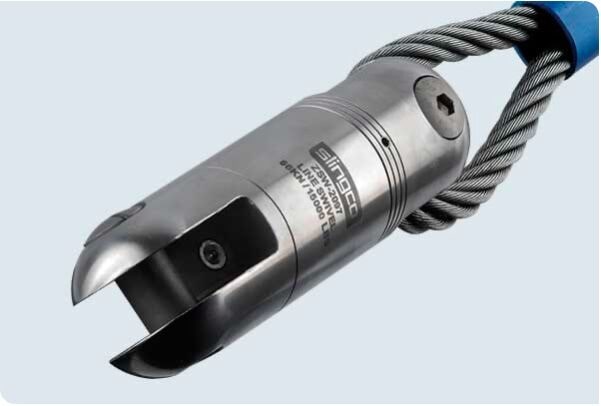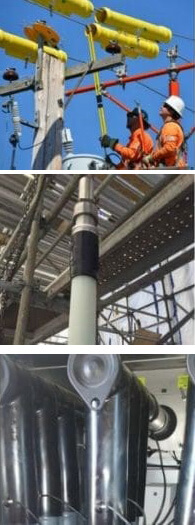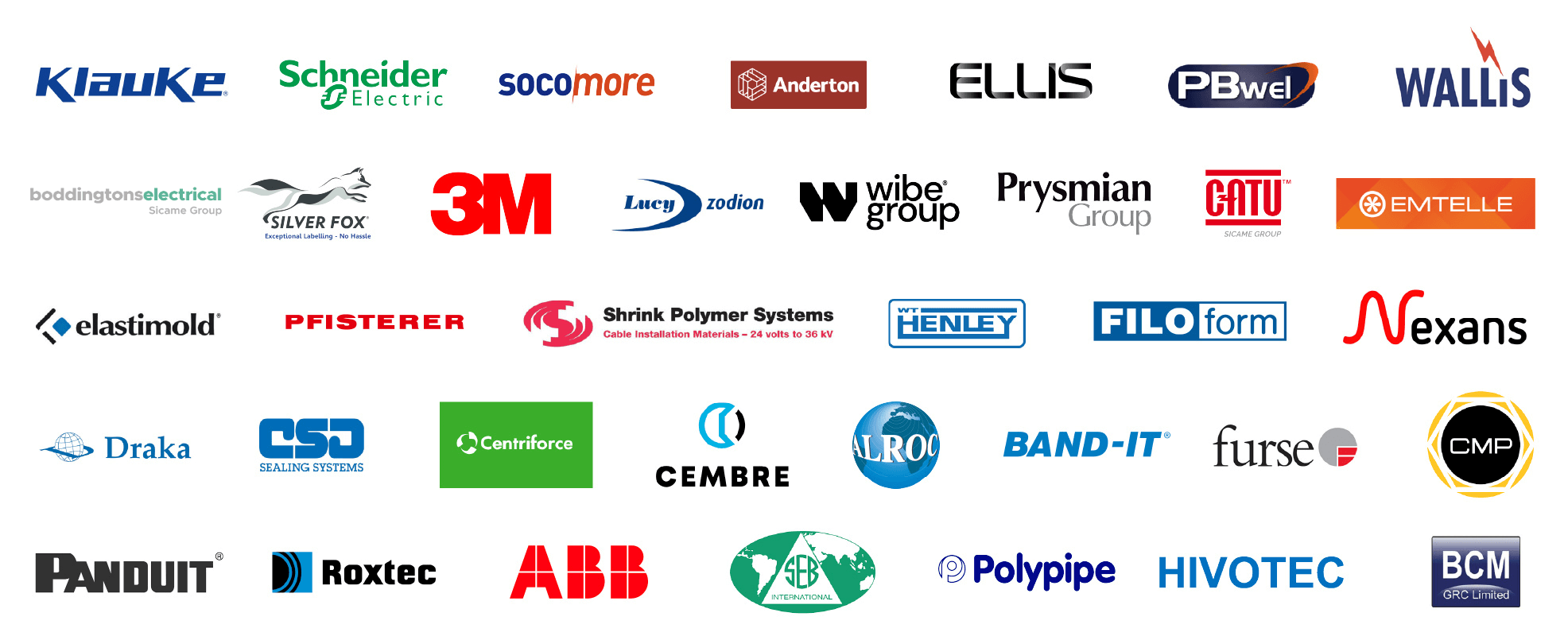Working Loads & Break Strength | The Key is Your Factor of Safety
Published 21 Mar 2022

Line Pulling Swivels By Slingco
Line Pulling Swivels By Slingco
Working Loads & Break Strength
Safety is critical when dealing with utility, construction or maintenance projects.
One of the main ways to ensure safety is by working within the load limits of crucial equipment. Slingco promote the safety critical role of cable support grips and the need for independent break load testing to safeguard project, people and reputations.
Swivels designed for use in stringing high tension wires for electrical transmission and distribution. Line Pulling Swivels are important in pulling when the lines develop torsion during the installation. This torsion must be released.
Use of a swivel will release torque and prevent it from reaching dangerous levels, which can cause damage to the cable or cable socks.
Slingco also offers a ‘bull nose’ style swivel designed for underground and overhead applications. All swivels are stringently quality tested and inspected to ensure optimum performance and reliability with working Loads from 10 to 134 kN.

What is Factor of Safety?
This is the factor used to ensure sufficient break load to handle working load spikes. It is critically important that all devices and tools used for pulling conductor are rated for the working loads expected on each job.
Factor of Safety (FOS) is often notated as X to 1 or X:1. It is the ‘extra’ coverage of the breaking load over the working load expected. When pulling conductor or cable, many factors impact how much load your equipment must handle.
Sometimes the conductor can get hung up on something which will cause the load tension to spike. The factor of safety helps accommodate a normal spike without dropping wire or experiencing equipment failure.
How do you determine Break Load?
Break Load must equal or exceed the Working Load x Factor Of Safety.
To help explain this, imagine the tension for a pull is calculated to be 1,800kg – this is Working Load of the pull. If the equipment used is only rated to a Break Load of 1,800kg, any variation in the load tension over the standard can cause failure. So, project designers assign a factor of safety (FOS).
- A FOS of 3 to 1 is commonly accepted in the UK for overhead line pulls. Different countries may have a different standard.
This means that the Break Load of any tool used must be 3 times the expected load tension. In this example:
Working Load of 1,800kg x FOS of 3 = Break Load of 5,400kg.
Grips and swivels would need to be selected with a break load of 5,400kg or more.
When selecting equipment for a pull, be sure you know whether items are rated at BREAK LOAD or WORKING LOAD. If rated at working load, you must know the Factor of Safety this working load is based upon to ensure it matches your project’s working load. If rated at break load be sure it meets your project’s break load including the Factor of Safety.
Here are a few common rules of thumb for the Utility industry:
Pulling & Support Grips – usually rated at approximate BREAK load. This means a factor of safety for your project must be applied. To determine the working load, divide the break strength by your project’s Factor of Safety. For example, a grip with an approximate break load of 5,400kg to be used on a project with a FOS of 3:1 has a safe working load of 1,800kgs.
Swivels – This is where it gets tricky (or trickier). Most (but not all) manufacturers will label swivels at a 3:1 FOS working load. Slingco (along with two other prominent manufacturers of swivels) go ahead and CONVERT THE BREAK LOAD INTO THE WORKING LOAD. Our 2,240kg swivel is rated for a 6,720kg Break Load – we have already built in the Factor of Safety of 3:1.
Connectors – (90 degree, Rope to Rope, Rope to Swivel): Similar to swivels these are typically listed at their rated 3:1 WORKING LOAD. Connectors are used to connect grips when pulling though a tensioner or around an angle greater than 50 degrees. Swivels should not be pulled around a tensioner. Swivels are not designed to handle the side loads experienced when going around a tensioner wheel. This can cause damage to the bearing structure within a swivel.
These are only a few of the tools used. Remember to make sure you understand how each tool is rated (Working Load at what FOS or Break Strength). The key to ensuring a safe project is making sure all tools meet or exceed your project’s Working Load.
➡ Contact Thorne & Derrick for technical support on your cable pulling, laying and installation projects.

Cable socks and support grips are available to enable the installation of 33kV 66kV array cables prior to MV HV Jointing & Terminating in windfarm towers, turbines and offshore substations.
Further Reading
- Slingco Take A Firm Grip on The Future With Cable Socks
- How To Lace Up Cable Socks By Slingco
- Cable Grips | Supporting Inter-array, Export, Umbilical & Subsea Cable Installations
- How Do Cable Socks React To Salt Water?
- Cable Laying, Installation & Support Products | Offshore Oil & Gas Cables
- MV HV Cable Laying, Installation & Support Products | Offshore Windfarms
Supplying Cable Termination, Jointing, Pull-in & Electrical Equipment up to 66kV
Specialist Distributors to the UK and international Offshore Wind & Renewable industry to provide safe and reliable LV HV Electrical Cable & Power Distribution Systems up to 66kV – we are highly customer responsive and absolutely committed to providing a world-class service. Contact our UK Power Team for competitive quotations, fast delivery from stock and technical support or training on all LV-HV products.







